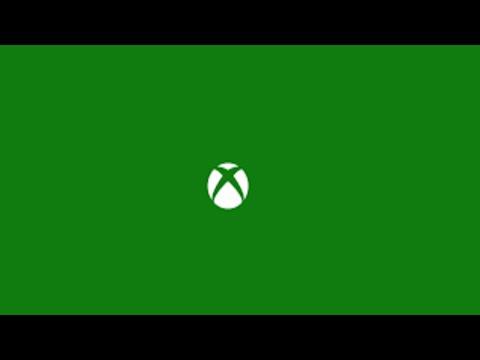I remember the day when my Xbox app on PC was working smoothly, and then, out of the blue, everything started to slow down. It was incredibly frustrating. Games that used to download quickly were now taking forever, and streaming or updating titles became a test of patience. I was stumped—why had my once reliable Xbox app suddenly turned sluggish? After some head-scratching and online searching, I discovered that this was a common issue. Fortunately, there were a few quick fixes I could try to get my download speeds back up to where they needed to be.
My first step was to check my internet connection. It sounds basic, but sometimes the simplest solution is the most effective. I made sure my Wi-Fi was working properly and that no other devices were hogging bandwidth. I even ran a speed test to ensure that my connection was as fast as it should be. Everything seemed fine on that end, so I moved on to the next possible issue.
Next, I turned my attention to the Xbox app itself. I delved into the app settings to see if there was anything that could be adjusted. I went to the settings menu and found the “Downloads” section. Here, I noticed an option to adjust the “Download Speed Limit.” This setting allows you to cap the download speed of games and updates to avoid using too much bandwidth. It was set to a lower limit, so I bumped it up to the maximum allowed. This change made a noticeable difference, but I still felt like I was missing something.
I then decided to tackle the Xbox app’s cache. Sometimes, the app’s cache can become overloaded and cause performance issues. To clear the cache, I went to the Windows settings, found the “Apps” section, and selected the Xbox app. From there, I clicked on “Advanced options” and chose “Reset.” This process cleared the app’s data and allowed it to start fresh. After resetting, I re-opened the Xbox app and tested the download speeds again. The improvement was significant, but I wasn’t done yet.
Another potential solution was to check for updates. Both the Xbox app and Windows operating system can have updates that address bugs and improve performance. I made sure that both were up to date by checking the Microsoft Store for any Xbox app updates and going to Windows Update to download the latest system patches. Keeping software updated is a good practice that often resolves performance issues.
Additionally, I looked into the possibility that other software on my PC might be interfering with the Xbox app’s performance. I closed unnecessary background applications and disabled any non-essential startup programs. Sometimes, background processes can consume resources and slow down app performance. After doing this, I ran a quick test to see if there was any improvement in download speeds. It was clear that reducing the number of active applications helped.
In my quest for a faster download speed, I also considered adjusting the power settings of my PC. By default, Windows might have power-saving settings that reduce the performance of various components to save energy. I switched my power plan to “High Performance” through the Control Panel, which ensured that my PC was running at full capacity. This change often improves performance, including download speeds.
Another key area I explored was the network settings on my PC. I navigated to the network adapter settings and made sure that the network card drivers were up to date. Outdated drivers can cause connectivity issues and affect download speeds. I went to the Device Manager, found my network adapter, and checked for driver updates. After updating, I rebooted my PC and tested the Xbox app again.
Sometimes, the issue can be with the Xbox servers themselves. Although rare, server-side issues can impact download speeds. To check if the problem was on Microsoft’s end, I looked for any known outages or server issues. There are websites and forums where users report server status, so I quickly checked and found that there were no widespread issues reported.
Finally, if none of these solutions worked, I considered reinstalling the Xbox app. It might seem like a last resort, but reinstalling can fix persistent problems by resetting everything to its default state. I uninstalled the Xbox app through the Windows settings, restarted my PC, and then reinstalled the app from the Microsoft Store. After reinstalling, I logged in and tested the download speeds. This step often resolves lingering issues that other fixes couldn’t address.
Each of these steps played a role in improving my Xbox app’s download speeds. From adjusting app settings and clearing the cache to updating software and managing network settings, I tackled the problem from multiple angles. By implementing these quick fixes, I managed to get my download speeds back to an acceptable level. It was a process of trial and error, but with patience and persistence, I was able to resolve the issue and get back to enjoying my games without the frustration of slow downloads.
